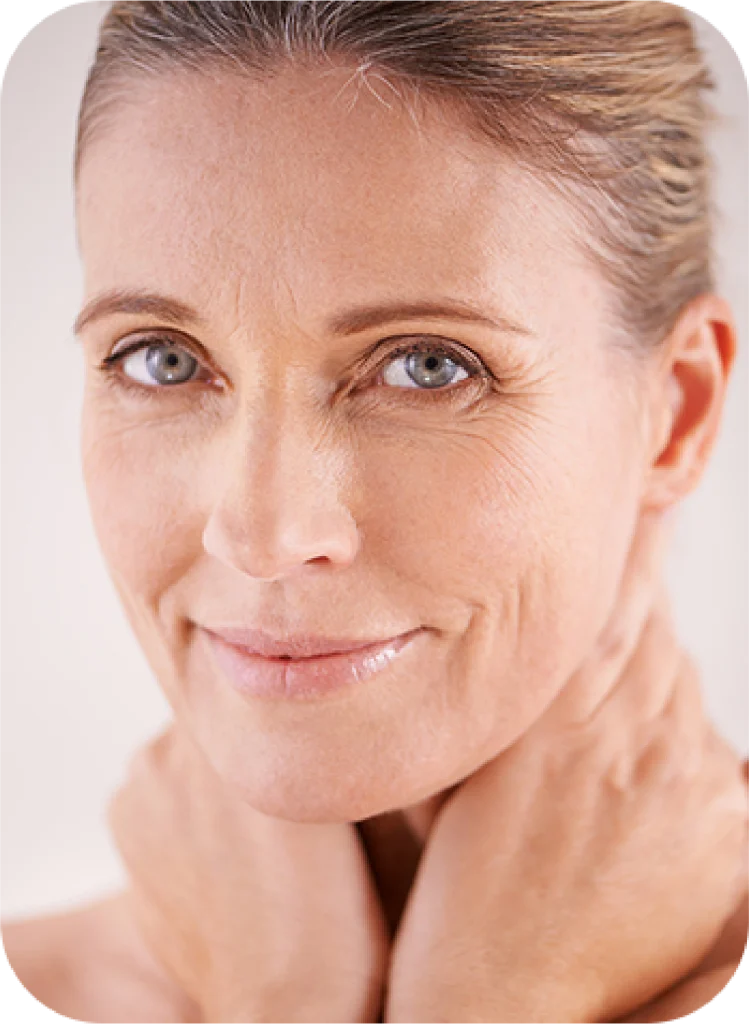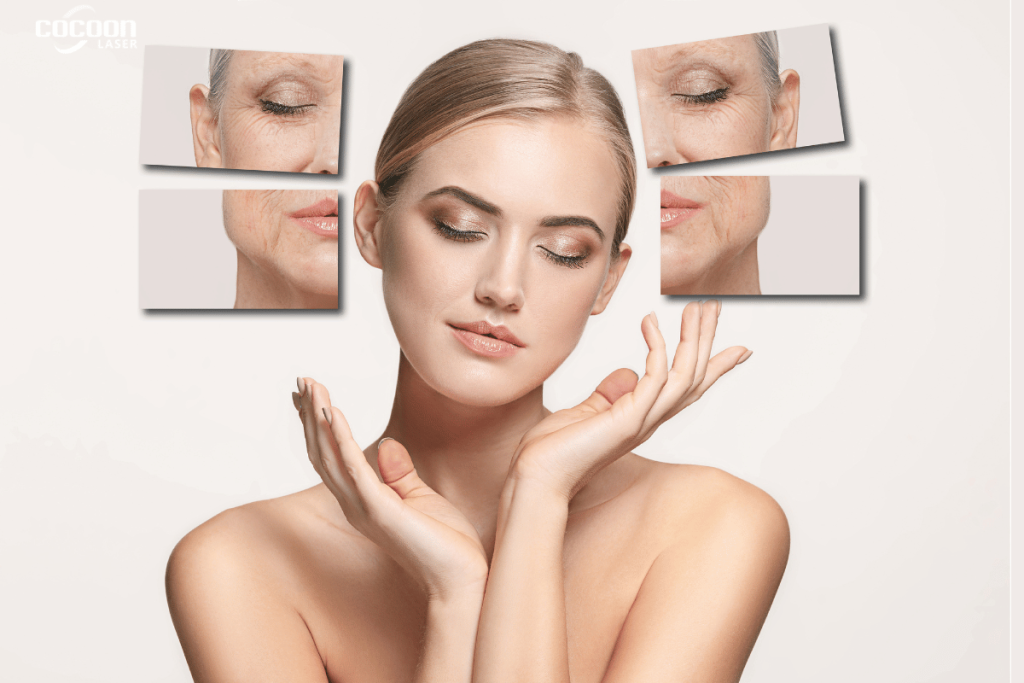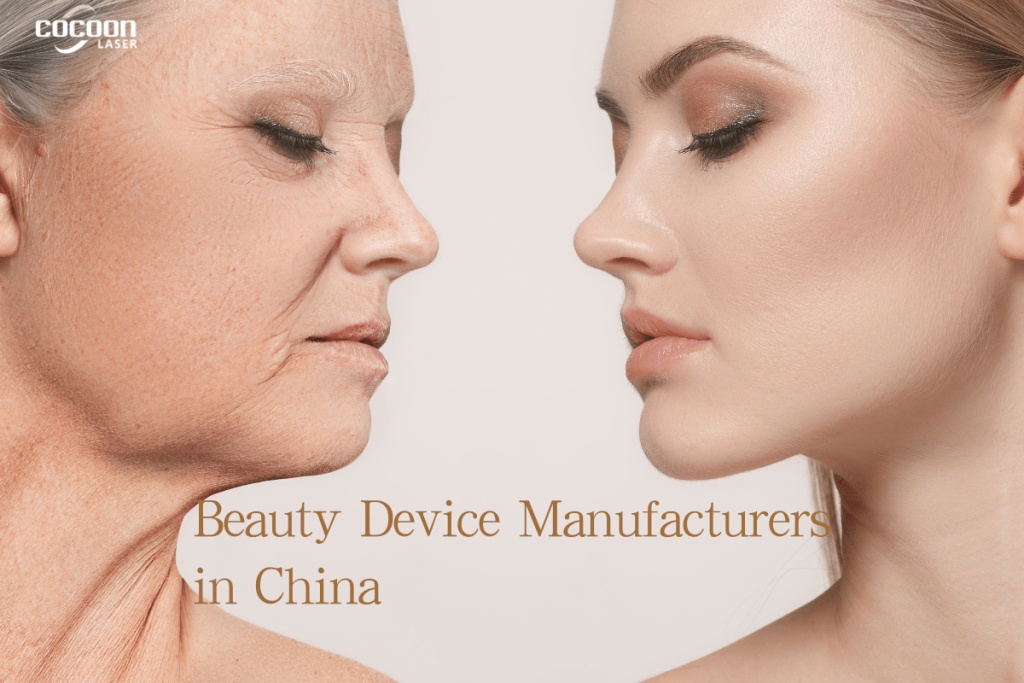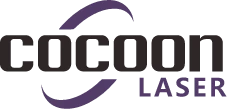How to Remove Pigmentation Safely: From Daily Care to Picosecond Laser
Dark spots, melasma and uneven tone are some of the most common skin complaints worldwide. In hotter, high-UV regions, studies suggest that up to 80% of women experience facial pigmentation at some point in their lives. When people search “remove pigmentation”, they are usually looking for a realistic way to fade those spots without damaging their skin.
This guide combines dermatologist-backed tips with the latest device technology, including picosecond laser systems such as Ultra PicoMax from Cocoon Laser, to show how to remove pigmentation safely and strategically—step by step.
1. What Is Pigmentation and Why Does It Appear?
Pigmentation happens when melanocytes in the skin produce more melanin in certain areas, creating patches that look darker than the surrounding skin.
常见类型包括:
- Sunspots / age spots – flat brown spots caused by long-term UV exposure.
- Melasma – larger, often symmetrical brown patches on cheeks, forehead or upper lip, frequently linked with hormones and pregnancy.
- Post-inflammatory hyperpigmentation (PIH) – marks left after acne, eczema, burns or picking at the skin.
Behind all of these is excess melanin triggered by factors such as:
- UV damage (UVA and UVB)
- Hormonal changes
- Inflammation and breakouts
- Pollution and oxidative stress
- Certain medications and procedures
To truly remove pigmentation, you need a plan that both stops new melanin from forming and clears existing deposits—without creating new damage.

2. Daily Habits That Help Remove Pigmentation (and Prevent New Spots)
Before thinking about peels or lasers, the foundation of any pigmentation strategy is daily protection. Everyday Health–style dermatologist guides always put prevention first, and for good reason.
2.1 Sun protection every single day
UV is the number one driver of hyperpigmentation and the reason so many people see spots come back after treatment.
To support any attempt to remove pigmentation from the face:
- Use a broad-spectrum SPF 30+ or 50+ every morning (even on cloudy days).
- Reapply every 2–3 hours if you are outdoors.
- Add physical barriers: wide-brim hat, sunglasses, shade between 10am–4pm.
Without strict sun protection, even the best laser for pigmentation will give limited, short-lived results.
2.2 Gentle, barrier-friendly routine
Harsh scrubs, DIY lemon juice or undiluted acids can irritate the skin and actually worsen hyperpigmentation.
- Cleanse with a mild, pH-balanced cleanser.
- Avoid over-exfoliating; 2–3 times a week with appropriate acids is usually enough.
- Moisturise to keep the skin barrier strong so it can tolerate active ingredients and in-clinic treatments.
2.3 Don’t pick pimples or scabs
PIH often appears exactly where we squeeze acne or scratch at bites. Leaving lesions alone and treating them gently reduces the risk of new spots forming.
3. Proven Skincare Ingredients to Help Remove Pigmentation at Home
Consumer-focused articles from dermatologists and health sites consistently highlight a few key ingredients for fading dark spots. Used correctly, they support your goal to remove pigmentation gradually and safely.
3.1 Vitamin C and antioxidants
Topical vitamin C serums help:
- Reduce oxidative stress from UV and pollution
- Interfere with melanin production
- Brighten overall tone
Look for stabilised L-ascorbic acid or derivative formulas around 10–20% and use them in the morning under sunscreen.
3.2 Exfoliating acids (AHA/BHA)
Face acids such as glycolic acid, lactic acid and mandelic acid (AHAs) or salicylic acid (BHA) exfoliate the top layers of skin, encouraging new cells to replace pigmented ones.
- AHAs are ideal for dull tone and sunspots.
- BHA is especially helpful for acne-prone skin and PIH.
Start with low concentrations a few times per week and increase slowly.

3.3 Retinoids
Retinoids (retinol, retinal, tretinoin) speed up cell turnover and stimulate collagen. They are frequently recommended to treat both ageing and hyperpigmentation.
Used consistently, they help:
- Fade sun damage and PIH
- Smooth fine lines
- Improve skin texture
Introduce retinoids gradually (2–3 nights per week) to avoid irritation that might trigger new dark patches, especially in deeper skin tones.
3.4 Other brightening actives
Depending on skin type and sensitivity, dermatologists may also suggest:
- Azelaic acid – reduces melanin production and is especially suitable for darker skin tones and acne-related hyperpigmentation.
- Niacinamide – calms redness, strengthens the barrier and gently helps with uneven tone.
- Kojic acid, arbutin, tranexamic acid – often used in professional formulas for melasma and stubborn spots.
Remember: at-home skincare generally works best for mild to moderate hyperpigmentation, and visible changes may take 8–12 weeks or more.
4. Professional Treatments to Remove Pigmentation Faster
When home care is not enough, dermatologists and medical spas may recommend in-clinic procedures. Everyday Health–style “doctor-approved” lists usually include:
- Chemical peels – controlled application of acids (like glycolic or TCA) to remove pigmented layers and stimulate fresh skin.
- Microdermabrasion / dermabrasion – mechanical exfoliation for texture and superficial spots.
- IPL (intense pulsed light) – broad-spectrum light that targets sun damage, redness and shallow pigment.
- Laser treatments – focused beams of light break up melanin or resurface the skin. Different wavelengths and pulse durations are chosen for different types of pigment and skin tones.
For deeper or mixed-type hyperpigmentation, traditional Q-switched nanosecond lasers and newer picosecond lasers are often considered the gold-standard options to remove pigmentation on the face and body.
A personalised consultation is essential, especially for melasma or darker Fitzpatrick skin types, to avoid rebound darkening.

5. Why Picosecond Lasers Are a Game-Changer for Pigmentation
Picosecond systems deliver ultra-short pulses (trillionths of a second). Instead of relying mostly on heat, they create a photoacoustic effect that shatters pigment into tiny fragments while minimising thermal damage to the surrounding tissue.
Key advantages when the goal is to remove pigmentation safely:
- Higher melanin selectivity – better targeting of pigment with less collateral damage.
- Less downtime – many patients experience only mild redness or swelling for a short period.
- Suitable for a wider range of skin tones when parameters and wavelengths are chosen correctly.
- Versatile indications – freckles, sunspots, Ota nevus, melasma adjunct therapy, PIH and resistant tattoos can all be addressed with appropriate settings.
Because of this, more clinics worldwide are upgrading to picosecond platforms instead of, or in addition to, conventional Q-switched lasers.
6. Ultra PicoMax: Picosecond Platform for Clinics Focused on Pigmentation
For clinics and distributors searching “beauty device manufacturer” and “remove pigmentation laser”, Ultra PicoMax from Cocoon Laser is designed as a flexible, high-energy solution.
6.1 Multi-wavelength coverage for complex pigmentation
Ultra PicoMax combines five wavelengths – 532 / 585 / 650 / 755 / 1064 nm – in one platform, with four applicators including a standard 3-in-1 handpiece (1064/532/755 nm), optional 585 & 650 nm tips and Honeycomb HP fractional tip.
This range allows clinicians to:
- Target epidermal pigment (freckles, sunspots) with 532 nm
- Address vascular-associated or mixed lesions with 585 nm
- Treat tattoos and deeper dermal pigment with 755 & 1064 nm
- Work across Fitzpatrick I–VI, with appropriate settings guided by protocols and training
6.2 Multiple modes for different “remove pigmentation” scenarios
Ultra PicoMax offers several operation modes that map well to real-world pigmentation cases:
- Picosecond mode – for most spots, birthmarks, tattoos, pores and overall skin rejuvenation.
- PTP mode – suitable for melasma, large tattoos, hyperpigmentation and dark eye circles where a gentler, split-pulse approach is preferred.
- Multi Pulse mode – for chloasma and stubborn or layered pigmented lesions.
- Long Pulse / Long Pulse Pro – expands versatility into vascular lesions, acne, scars, redness and collagen-stimulating rejuvenation.
This means one device can support a full pigment portfolio—from clients who only want to remove pigmentation on the face to those seeking combined treatments for texture, scars and tattoos.
6.3 Honeycomb HP and 7-joint arm for stable energy delivery
The Rejuve Honeycomb HP fractional handpiece uses a honeycomb pattern to create Laser-Induced Optical Breakdown (LIOB) in the dermis, stimulating collagen remodelling while leaving the epidermis intact. This fractional mode is ideal when a clinic wants to combine pigmentation removal with global skin rejuvenation and minimal downtime.
A customised 7-joint articulated arm keeps energy loss under 8%, supports 360° rotation and helps deliver consistent fluence to each spot—important for predictable outcomes and to reduce the risk of hot spots or striping.
6.4 Regulatory credentials and practical benefits
Ultra PicoMax is FDA-cleared and CE-marked, with applications that include pigmented lesions, tattoos and skin rejuvenation. For distributors and clinics, this translates into:
- Easier market entry in regions where regulatory approval is required
- A device that can be positioned both as a pigmentation removal workhorse and a multi-purpose laser platform
- Minimal downtime for patients, which supports higher satisfaction and repeat bookings
7. Putting It All Together: A Smart Roadmap to Remove Pigmentation
Whether you’re an individual trying to remove pigmentation on the face or a clinic building a pigmentation treatment program, the same principles apply:
- Protect first – daily sunscreen, gentle care and avoiding picking are non-negotiable foundations.
- Layer smart skincare – vitamin C, AHAs/BHAs, retinoids and other brighteners help fade mild to moderate spots over time.
- Use professional treatments strategically – peels, IPL and especially lasers can accelerate results when used under medical guidance.
- Choose technology that matches your patients – picosecond platforms like Ultra PicoMax give clinics flexibility to treat complex pigmentation safely across more skin types with less downtime.
Done correctly, “remove pigmentation” does not mean one aggressive treatment; it means building a long-term, personalised strategy that respects the skin barrier, controls melanin and uses the right device at the right time.
If you want to obtain more information, please follow our official website and Facebook.









